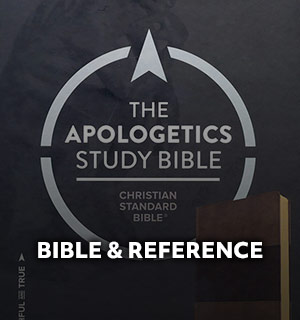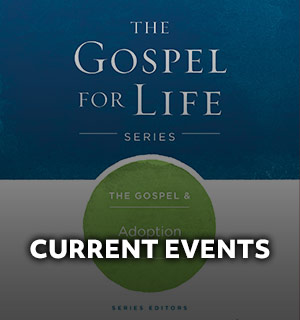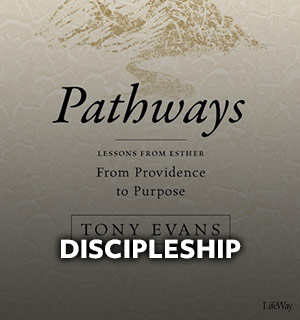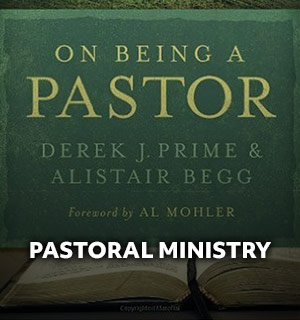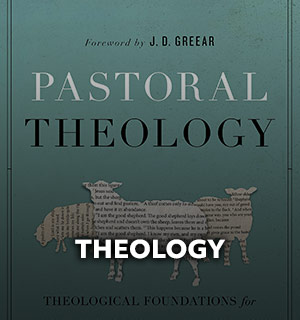
By Aaron Earls
The Bible says the Israelites set up their tabernacle at Shiloh as they were conquering the Promised Land. Scott Stripling is looking for some archaeological discoveries to prove it, but that has placed him outside of the Israeli archaeological mainstream.
Stripling, provost at The Bible Seminary in Katy, Texas, and director of excavations for the Associates for Biblical Research, has been on archaeological digs in Israel for more than 20 years, according to Breaking News Israel.
But his use of the Bible as a historical guide for his work has put him at odds with other archaeologists.
He recently returned home after spending 50 days excavating around Shiloh, where Joshua 18:1 says the people of Israel “set up the tent of meeting.” Jewish Talmudic sources say the tabernacle stayed there for more than 300 years.
The Times of Israel described Stripling and his team as holding a “Bible in one hand and shovel in the other.” And he says his trust in the Bible has yielded results.
“I can tell with 100 percent certainty that there were Israelites in Shiloh because of the many indicators we have. The pottery shows that they were there when the Bible says they were there,” Stripling told Breaking News Israel.
He acknowledges that he and his team have not yet definitively proven the tabernacle resided there, but there is mounting evidence.
“We do find many reasons to seek confirmation of the biblical text,” he told Breaking News Israel. “There are indicators, like the large amount of animal bones that are consistent with the biblical sacrificial system, and the large east-west walls we are excavating.”
The Times of Israel also reported Stripling’s group found a goblet that could be linked to religious use and pottery jugs that could indicate the site was vacated quickly, as described in the Bible.
He told Tazpit Press Service the group also discovered fifth-century ruins that show early Christians felt the site had significance and artifacts with pomegranate imagery that connects the area to priests.
Others in his field do not share this trust in Scripture as an archaeological guidebook, including the man who conducted the last major excavation at Shiloh.
Prominent Israeli archaeologist Israel Finkelstein did not discover the tabernacle during his digs from 1981 to 1984, nor did he expect to.
“Biblical traditions should be read on the background of their time of composition, the ideology of the authors, etc. One cannot approach them in a simplistic manner,” Finkelstein, a professor of archaeology at Tel Aviv University, told The Times of Israel.
He said the biblical stories about the tabernacle were “fascinating; but it can teach us mainly about the world of the authors who lived centuries after the destruction of Iron I Shiloh.”
For his part, Stripling is OK with finding disagreement among his peers.
“I can’t remember where it was, but the report said that ‘while Stripling and his team do vigorous scientific archaeology they lie outside of the mainstream of Israeli archaeology because they take the Bible as a serious text,” he told Tazpit Press Service.
“I think they meant it as a pejorative, but I agreed with every word. Yes, I’m guilty as charged,” he said. “We’re doing serious archaeological research and yes, we take the Bible as a serious text.”
When asked why he devotes himself to biblical archaeology, Stripling told The Times of Israel, “People want to connect with the past and answer the essential questions: who am I, why am I here, where am I going? The basic questions of humanity.”
He said artifacts “tap into that very meaningfully. Knowing that Joshua was here … you kind of have to step back and take a deep breath.”
Related:
- Ancient Ritual Bath Discovered Near John the Baptist’s Hometown
- Did Naked Mole Rats Prove the Existence of King David?
- Archaeologists May Have Found the Prophet Isaiah’s Signature
- ISIS Accidentally Corroborates the Bible
AARON EARLS (@WardrobeDoor) is online editor of Facts & Trends.


